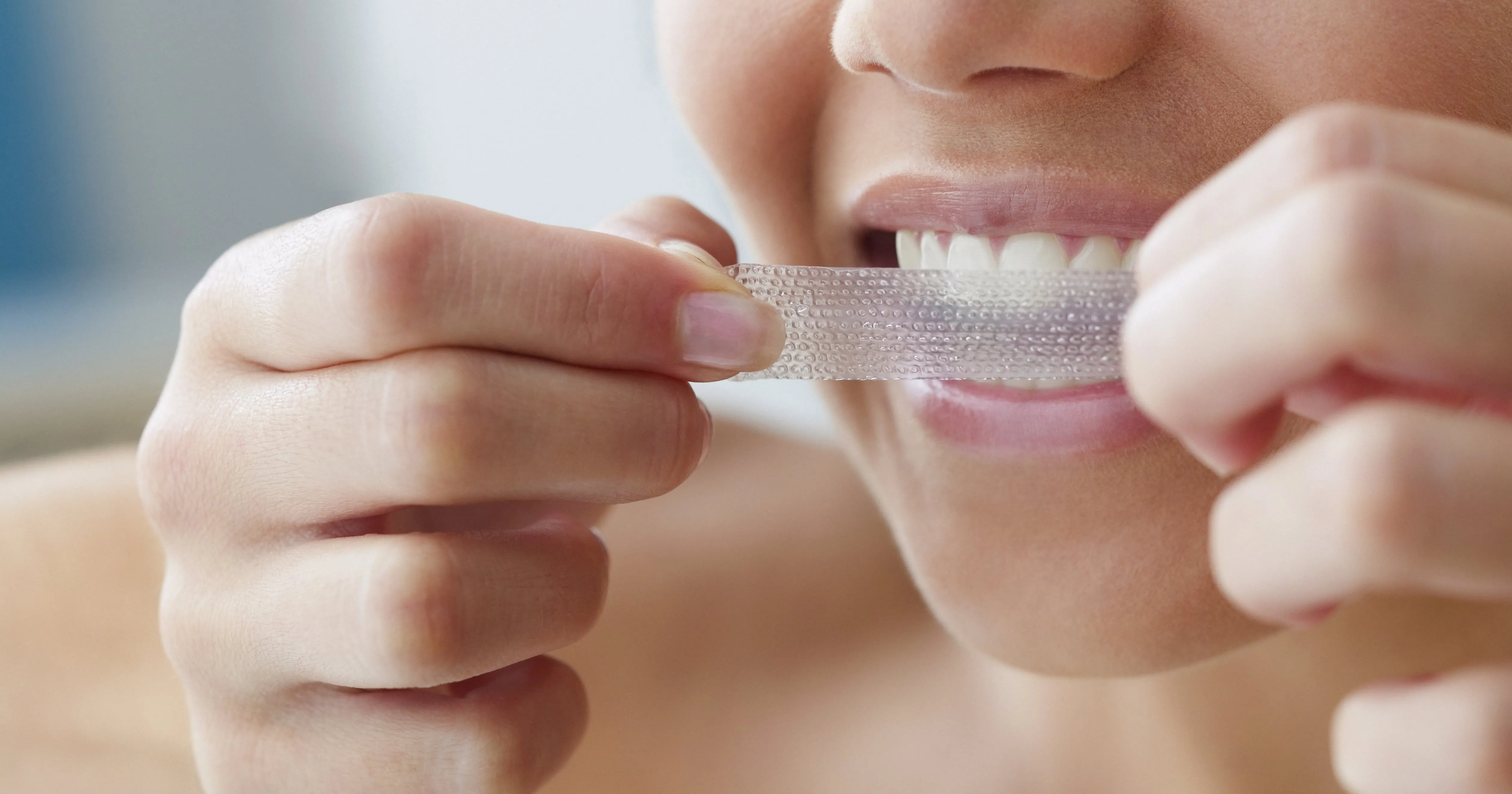Understanding Tooth Sensitivity After Whitening
Tooth sensitivity after whitening is a common and often temporary side effect. Many individuals experience this discomfort, which can range from mild twinges to more pronounced pain. Understanding the causes behind this sensitivity is the first step in managing it effectively and finding relief. This knowledge can empower you to make informed decisions about your oral care and the whitening process itself. The good news is that there are several effective remedies available, and in most cases, the sensitivity subsides within a few days or weeks. However, it’s important to take proactive steps to minimize the discomfort and ensure the health of your teeth.
What Causes Tooth Sensitivity
Tooth sensitivity arises when the dentin, the layer beneath the enamel, becomes exposed. Dentin contains tiny tubules that lead to the nerve center of the tooth. Various factors can cause dentin exposure, including enamel erosion, receding gums, or the whitening process itself. When these tubules are stimulated by hot, cold, sweet, or acidic substances, it triggers a pain response. This sensation can manifest as a sharp, shooting pain or a dull ache. The intensity of the sensitivity can vary significantly depending on individual factors such as the thickness of enamel, the health of the gums, and existing dental conditions. Knowing these causes is crucial for selecting appropriate remedies.
The Whitening Process and Sensitivity
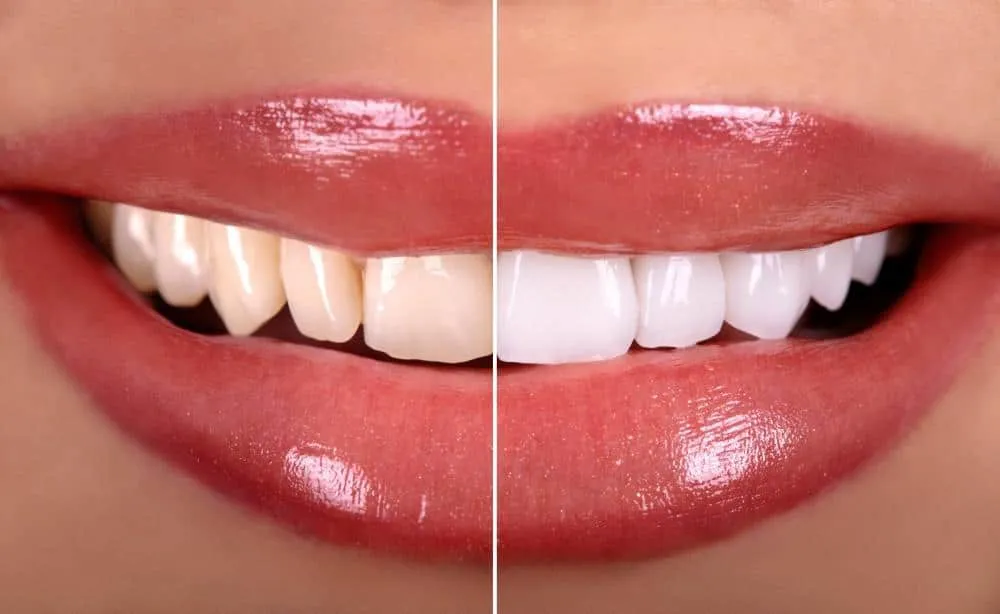
Teeth whitening products, whether professional or over-the-counter, work by using bleaching agents, typically hydrogen peroxide or carbamide peroxide. These agents penetrate the enamel to break down stain molecules. This process can also irritate the nerves within the teeth, leading to sensitivity. The concentration of the whitening agent, the duration of its application, and the individual’s sensitivity levels all contribute to the likelihood and severity of the discomfort. While whitening can be effective in improving the appearance of teeth, it’s essential to be aware of the potential for sensitivity and take steps to manage it. The sensitivity typically peaks shortly after the whitening treatment and gradually decreases over time as the tooth’s nerve endings recover.
Top 5 Remedies for Sensitive Teeth After Whitening
Fortunately, numerous strategies can effectively alleviate tooth sensitivity after whitening. These remedies can be implemented at home or with the assistance of a dental professional. The goal is to reduce the stimulation of the nerve endings in the teeth, allowing them to recover and reducing pain. It’s worth noting that the effectiveness of each remedy can vary from person to person, and a combination of approaches may be the most beneficial. Finding the right combination of remedies can significantly improve your comfort and allow you to enjoy the results of your whitening treatment without unnecessary suffering.
Over-the-Counter Toothpastes for Sensitivity
Specialized toothpastes designed for sensitive teeth are readily available at most pharmacies and supermarkets. These toothpastes typically contain ingredients like potassium nitrate or stannous fluoride, which help to block the tubules in the dentin, reducing nerve stimulation. Potassium nitrate works by desensitizing the nerves, while stannous fluoride can help to physically block the tubules. Using these toothpastes can provide significant relief within a few days or weeks of regular use. The key is to choose a product that is specifically designed for sensitive teeth and to use it consistently as part of your daily oral hygiene routine. Many brands offer these types of toothpastes, and it’s essential to find one that you find palatable to encourage consistent use.
How to Use Sensitivity Toothpaste Effectively
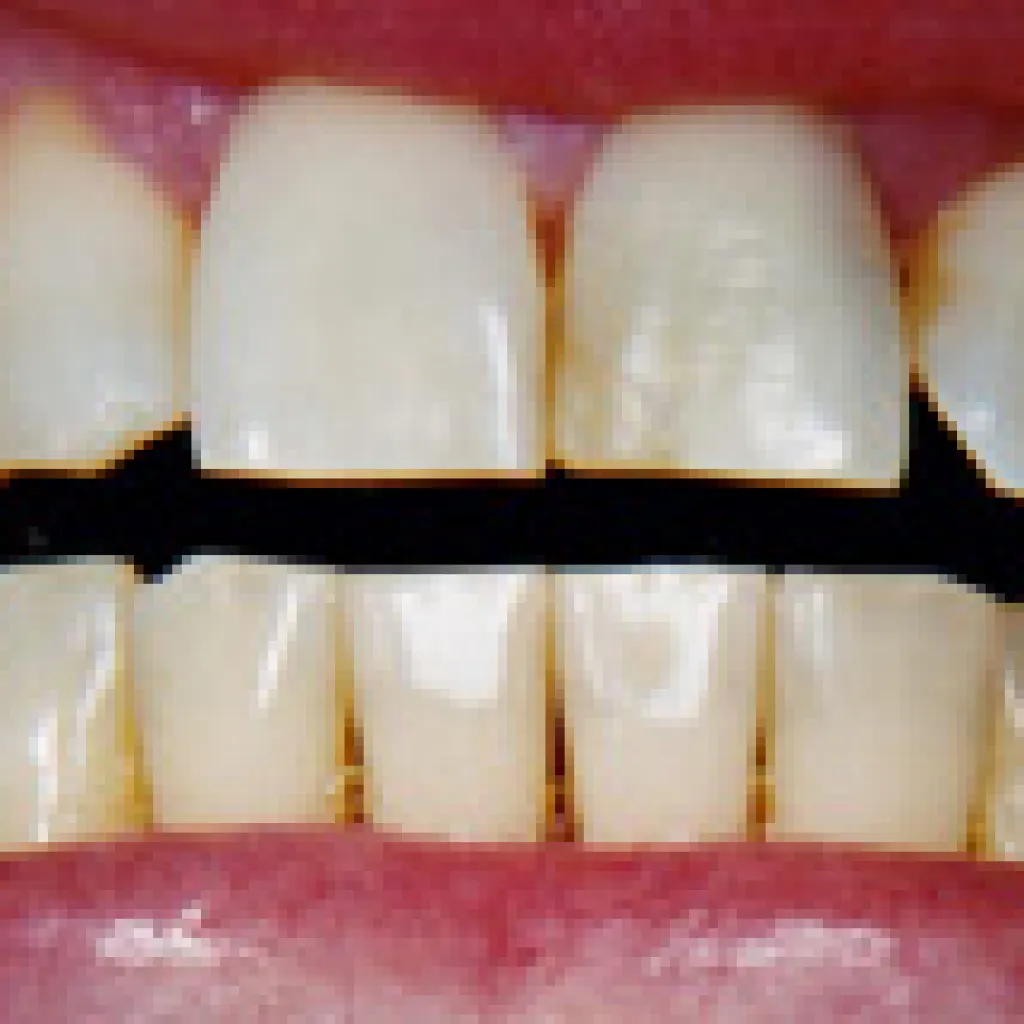
To maximize the benefits of sensitivity toothpaste, proper usage is essential. Apply a small amount of toothpaste to your toothbrush and brush your teeth gently, ensuring you cover all surfaces. It is important to avoid aggressive brushing, which can further irritate the gums and teeth. After brushing, do not rinse your mouth immediately. Instead, spit out the excess toothpaste and allow the remaining product to stay on your teeth for a few minutes before rinsing gently. This allows the active ingredients to penetrate the dentin tubules and provide relief. Using the toothpaste twice a day, ideally in the morning and before bed, can yield the best results.
Fluoride Treatments for Relief
Fluoride is a mineral that strengthens tooth enamel and can also help to reduce sensitivity. Fluoride works by remineralizing the enamel, making it more resistant to acid attacks and reducing the exposure of the dentin tubules. Fluoride treatments can be obtained from your dentist or through over-the-counter products. Professional fluoride treatments are often more concentrated and can provide more immediate relief. Over-the-counter options include fluoride rinses and toothpastes. Regularly using fluoride can help to reinforce the enamel and minimize sensitivity, making it a valuable component of any post-whitening care plan.
Professional Fluoride Treatments
Your dentist can provide professional fluoride treatments, which typically involve applying a high-concentration fluoride varnish or gel to your teeth. These treatments are often administered during routine dental check-ups. The dentist will thoroughly clean your teeth before applying the fluoride. The treatment is usually quick, painless, and provides significant relief. The fluoride varnish or gel stays on your teeth for a short period, allowing the fluoride to penetrate the enamel and reduce sensitivity. Depending on your sensitivity level, your dentist might recommend several treatments over a few weeks to provide optimal results. This professional approach can provide a robust defense against sensitivity.
At-Home Fluoride Options
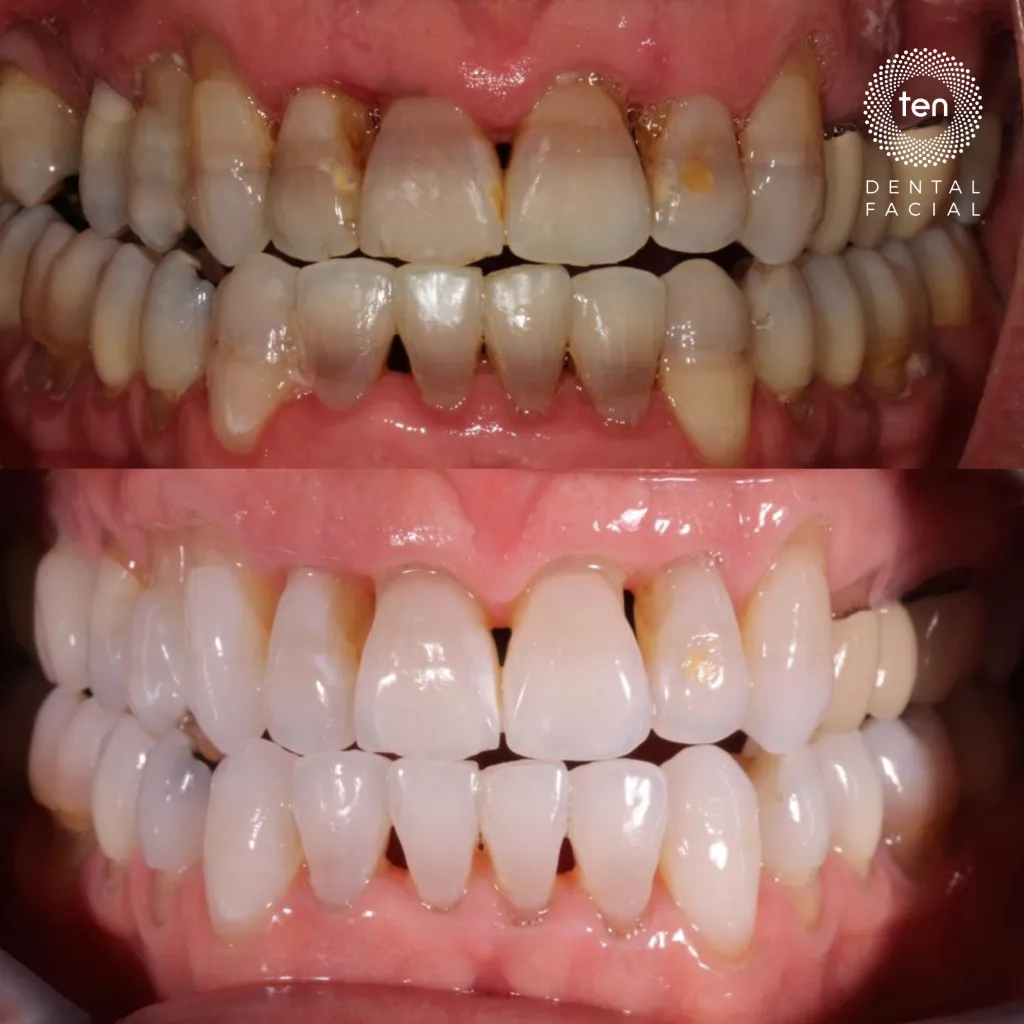
In addition to professional treatments, you can also use at-home fluoride products. These include fluoride toothpastes and mouth rinses. Look for products with a higher fluoride concentration than standard toothpastes. These can be found at most drugstores. Use the toothpaste twice a day and the mouth rinse as directed on the product label. It’s essential to follow the instructions carefully, as excessive fluoride can cause fluorosis. Consistent use of these products can help to strengthen the enamel, reduce sensitivity, and improve overall oral health. Be sure to consult with your dentist to determine the best fluoride products for your needs.
Dietary Adjustments to Minimize Sensitivity
What you eat and drink can significantly impact tooth sensitivity. Certain foods and beverages can trigger or exacerbate discomfort. Making dietary adjustments can help reduce the frequency and intensity of sensitivity episodes. It’s important to be mindful of the temperature and acidity of what you consume, as these factors can play a crucial role in triggering sensitivity. Pay close attention to how your teeth react to different foods and drinks. Experimenting with dietary changes can help you identify and avoid potential triggers.
Foods to Avoid
Certain foods are known to trigger tooth sensitivity. These include acidic foods like citrus fruits (lemons, oranges, grapefruits) and tomatoes. Also, avoid or minimize the intake of carbonated drinks, which are highly acidic, and sugary foods, which can contribute to enamel erosion. Extremely hot or cold foods and beverages can also cause discomfort. It’s advisable to avoid these foods and beverages, especially immediately after teeth whitening, when your teeth are likely to be most sensitive. Pay attention to your body’s signals and reduce or eliminate the consumption of foods that cause pain.
Foods to Embrace
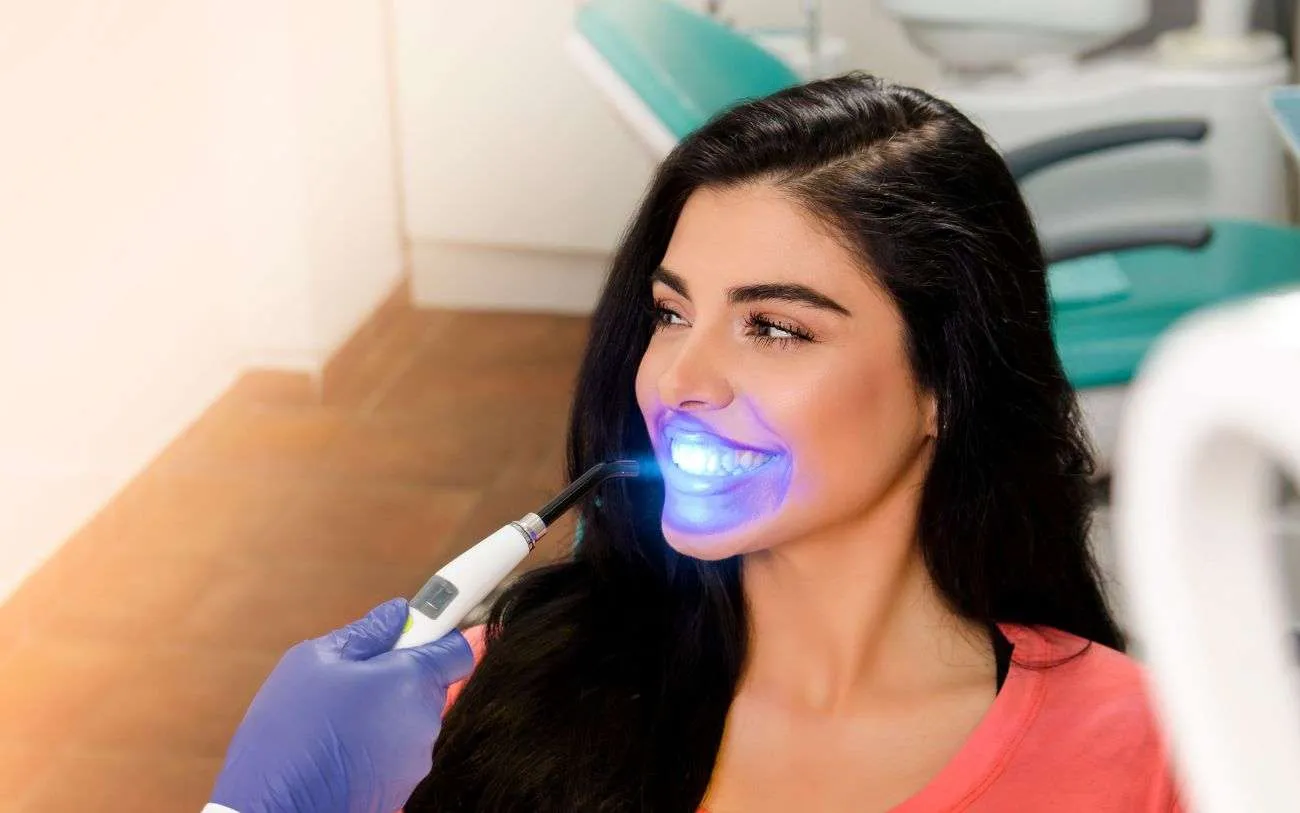
Focus on consuming foods that are gentle on your teeth. These include dairy products like milk, cheese, and yogurt, which can help to neutralize acids and provide calcium for remineralization. Opt for foods that are rich in vitamins and minerals, such as leafy green vegetables, which can strengthen your teeth. Drink plenty of water to stay hydrated and help wash away food particles. When choosing snacks, consider options that are less likely to cause sensitivity, such as soft fruits, cooked vegetables, and whole grains. A balanced diet supports overall oral health and can help you manage tooth sensitivity.
Desensitizing Agents
Desensitizing agents can provide temporary relief from tooth sensitivity. These products work by blocking the dentin tubules, preventing the transmission of pain signals to the nerve. They can be found in various forms, including toothpastes, gels, and varnishes. Some desensitizing agents contain ingredients such as strontium chloride or arginine, which are proven to provide rapid relief. While desensitizing agents offer immediate comfort, they are not a long-term solution. They work by creating a barrier. Repeated applications may be necessary to maintain the effect. These agents can be especially helpful for managing sensitivity during the whitening process.
How to Use Desensitizing Agents
Desensitizing agents should be used according to the product instructions. If using a desensitizing toothpaste, brush your teeth gently twice a day. For gels or varnishes, apply a thin layer to the sensitive areas, as directed by your dentist or the product label. Allow the agent to stay on your teeth for the recommended time before rinsing. It’s important to use these products consistently for optimal results. If you have questions about how to use a particular desensitizing agent, always consult with your dentist. They can provide specific instructions based on your situation and recommend the best product for your needs.
Proper Brushing Techniques
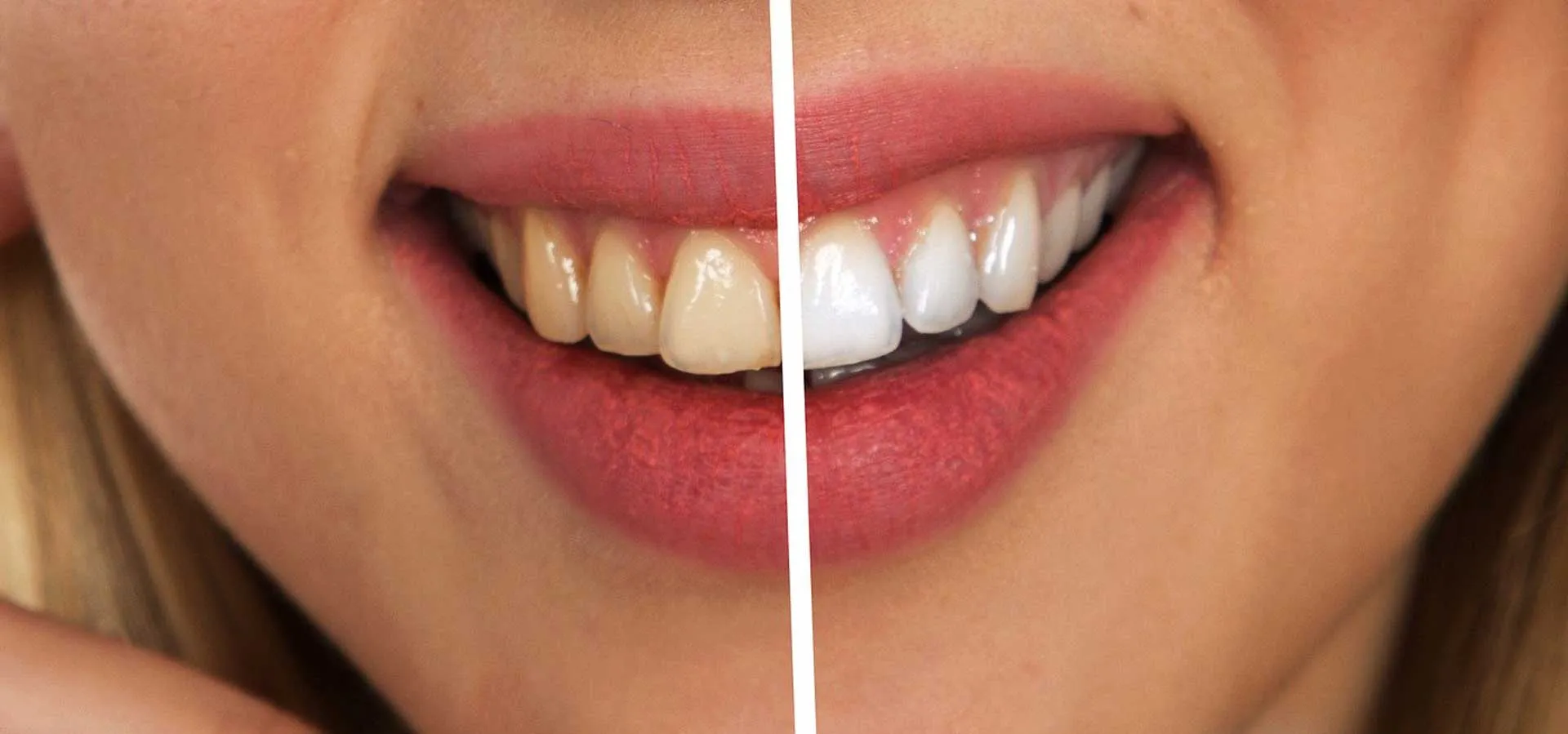
The way you brush your teeth can significantly affect tooth sensitivity. Aggressive brushing, using a hard-bristled toothbrush, can wear away enamel and recede the gums, exposing the dentin tubules. Proper brushing techniques are crucial for preventing sensitivity and maintaining overall oral health. Gentle brushing with a soft-bristled toothbrush is the best approach. Focus on cleaning each tooth surface thoroughly without applying excessive pressure. This will help to protect your enamel and gums, reducing the likelihood of sensitivity.
The Right Brush
Choose a toothbrush with soft bristles. Soft bristles are gentle on your teeth and gums, reducing the risk of enamel erosion and gum recession. Look for toothbrushes that are specifically labeled as having soft bristles. Electric toothbrushes with pressure sensors can also be beneficial, as they alert you if you’re brushing too hard. Replace your toothbrush every three months or sooner if the bristles become frayed. This ensures optimal cleaning and helps prevent damage to your teeth and gums.
Gentle Brushing
Brush your teeth gently, using small circular motions. Avoid scrubbing back and forth vigorously. Place the toothbrush at a 45-degree angle to your gums and teeth. Gently brush all surfaces of each tooth, including the outer, inner, and chewing surfaces. Spend at least two minutes brushing your teeth. Be patient and thorough. Don’t apply too much pressure, as this can damage your enamel and gums. If you’re unsure about the correct brushing technique, ask your dentist or hygienist for guidance.
When to See a Dentist

While most cases of tooth sensitivity after whitening are temporary, there are instances when it’s important to seek professional dental care. If the sensitivity is severe, persistent, or accompanied by other symptoms, such as toothache, gum bleeding, or swelling, it’s essential to consult with your dentist. Ignoring these signs can lead to more serious dental problems. A dentist can diagnose the underlying cause of your sensitivity and recommend appropriate treatment options.
Signs of a Serious Problem
Be aware of the signs that indicate a more serious problem. These include intense pain that lasts for more than a few days, pain that worsens over time, pain that interferes with eating or drinking, and any visible signs of infection, such as swelling or pus. If you experience any of these symptoms, schedule an appointment with your dentist as soon as possible. Early intervention can prevent the condition from worsening and protect your oral health. It is always better to be safe rather than sorry when it comes to your dental health.
Professional Treatments
Your dentist can offer professional treatments to alleviate tooth sensitivity. These may include fluoride treatments, as mentioned earlier, or the application of desensitizing agents. In some cases, your dentist might recommend dental restorations, such as fillings or crowns, if the sensitivity is caused by enamel erosion or tooth decay. Your dentist can also assess your gums and recommend treatments for any gum recession. They can also provide guidance on the best oral hygiene practices to maintain the health of your teeth and gums. Professional dental care is essential for addressing severe or persistent tooth sensitivity.
Preventing Tooth Sensitivity During Whitening
Proactive measures can be taken to minimize the risk of tooth sensitivity during the teeth whitening process. Preparing for the whitening treatment can make a significant difference in your experience. Following the guidance of your dentist and using products as directed can help to reduce discomfort. It is often easier to manage or avoid the sensitivity than to treat it after it occurs. Taking these measures can ensure a more comfortable and enjoyable whitening experience.
Consulting Your Dentist Before Whitening
Before starting any teeth whitening treatment, it’s essential to consult with your dentist. They can assess your oral health and determine if whitening is appropriate for you. Your dentist will check for any existing dental issues, such as cavities or gum disease, that could exacerbate sensitivity. They can also recommend the most suitable whitening products and treatment plan for your specific needs. Inform your dentist about any history of tooth sensitivity. They can provide advice on how to prepare for the treatment. This consultation helps to ensure a safe and effective whitening experience.
Using Whitening Products as Directed
Always follow the instructions provided with your teeth whitening products. Avoid using whitening products more frequently or for longer durations than recommended, as this can increase the risk of sensitivity. Pay close attention to the concentration of the whitening agent and the application time. If you’re using at-home whitening kits, follow the instructions carefully. If you experience any discomfort or sensitivity, stop the treatment and consult your dentist. Proper use of whitening products is vital for achieving a successful and comfortable outcome. Following the directions minimizes the risks.
Post-Whitening Care for Your Teeth
After teeth whitening, proper care can help to reduce sensitivity and maintain your results. It’s important to be consistent with your oral hygiene routine, including brushing twice a day with a sensitivity toothpaste and flossing daily. Following the advice of your dentist regarding maintenance care can help ensure the longevity of the whitening effects and the health of your teeth. A comprehensive aftercare plan can promote long-term oral health. It ensures your smile remains bright and healthy. Maintaining a diligent approach to dental care is essential.
